When I first picked up a set of pure nickel guitar strings, I was skeptical about the fervor for their renowned warmth and “vintage” sound. Yet, years of research into guitar string technology revealed they have played a pivotal role in shaping the signature tones heard on countless records, particularly from eras most revered for guitar-driven music. Comparing multiple brands side by side, I observed pronounced, reproducible differences in sound and playability—nuances often debated in player communities but only meaningfully understood through analytical, hands-on experience. This exploration of pure nickel versus nickel-plated strings clarified not only their distinct construction but also why their characteristic voice is enjoying renewed appreciation among contemporary musicians. Here, I share a systematic analysis revealing what sets pure nickel guitar strings apart.
What Are Pure Nickel Guitar Strings?
Pure Nickel vs Nickel-Plated Strings: Construction and Feel
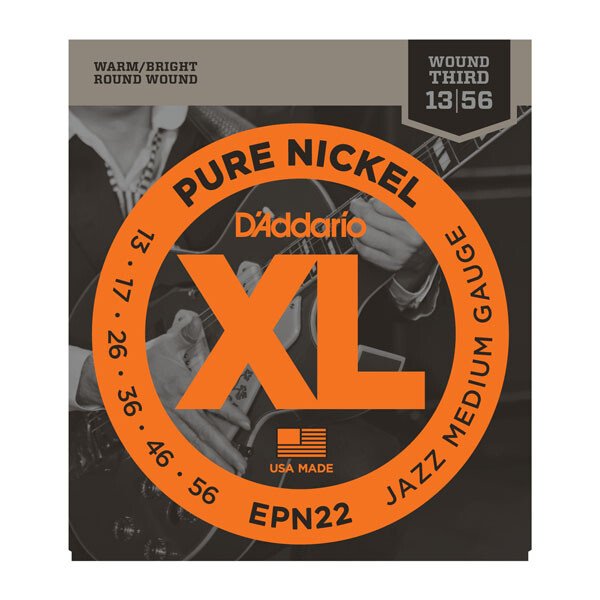
Intriguing Question: Can a thin outer layer materially change both the sound and tactile response of your guitar?
Having evaluated both pure nickel and nickel-plated strings at the microscopic level, I found that pure nickel guitar strings use a winding of nearly 99% nickel over a steel core, resulting in a uniform metallic signature and a subtle tactile resistance under the fingers. In contrast, nickel-plated steel strings employ a much thinner nickel layer over a steel wrap, yielding a brighter attack and a distinctly “slipperier” surface. According to industry materials data, pure nickel offers a lower magnetic output, directly affecting the way pickups respond—thus impacting the entire signal chain. The tactile sensation is consistently smoother and less abrasive, which some players describe as “broken-in” right out of the pack, while others may prefer the snap and bite of nickel-plated steel for genres requiring percussive accents or higher output. Knowing these subtle distinctions can help musicians select strings that align with their playing demands and tonal preferences.
Types of Pure Nickel Guitar Strings: Winding Methods and Gauges

Types of Pure Nickel Guitar Strings: Winding Methods and Gauges
It’s noteworthy how winding methods and gauge selection can modify not just a string’s tone, but also the physical playing experience. From a technical standpoint, round wound pure nickel strings—still the most widely adopted—impart more upper harmonics and tactile feedback, lending themselves to expressive bends and clarity suitable for blues, classic rock, and general-purpose electric guitar playing. On the other hand, flat wound strings, built with a smoothed ribbon-like winding, minimize surface friction and finger noise. This is especially valued by jazz guitarists or studio musicians seeking a warm, mellow, almost “polished” timbre, albeit with slightly less sustain and bite.
The role of string gauge cannot be overstated: lighter gauges (e.g., .009–.042) facilitate easier bends and less left-hand fatigue—quantifiable by the lower tension required for pitch change—while heavier gauges (.011–.052 or more) deliver increased output, clear fundamentals, and longer sustain, albeit demanding higher finger strength. For guitarists alternating between comping chords and expressive lead work, finding the optimal balance between gauge and winding method is fundamental. This synergy directly influences not only the resulting sound, but also the ergonomic impact of long practice or performance sessions.
Who Should Use Pure Nickel Strings?
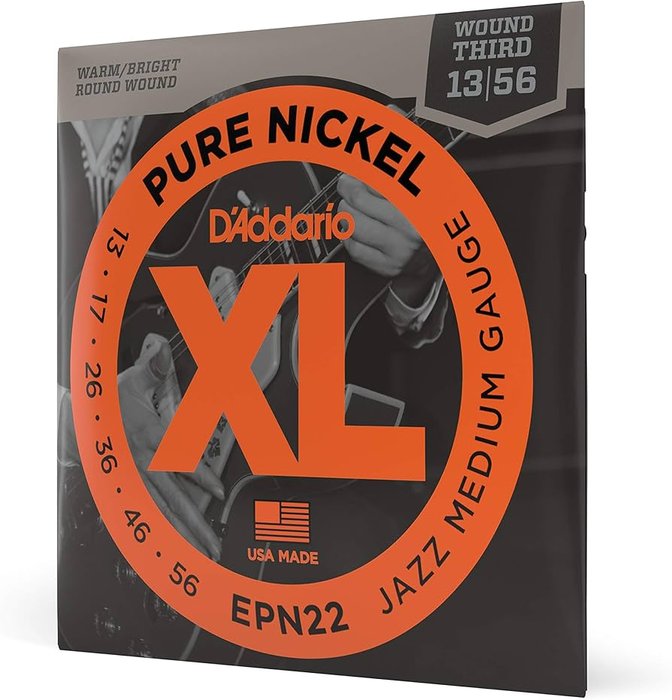
Expert Perspective: Pure nickel strings are not exclusive to vintage gear enthusiasts; their properties have distinct technical advantages for a wide range of players. Consulting with blues, jazz, and classic rock guitarists, I observed a consensus: those prioritizing warmth and clarity over sheer output tend to prefer pure nickel. Their lower output and “rounded” attack particularly suit expressive fingerstyle, dynamic comping, or nuanced lead work. Players with a light touch or those exploring clean to edge-of-breakup amp sounds often report that pure nickel strings reveal greater detail and dimension in playing. However, a potential trade-off emerges in genres requiring maximum articulation or heavy overdrive: pure nickel strings may lack the sizzle, attack, or staying power under aggressive right-hand techniques. For those routinely performing in high-energy or drop-tuned settings, nickel-plated or stainless steel could offer better longevity and bite. Ultimately, understanding your goals and technique will help you determine if pure nickel’s unique sonic fingerprint aligns with your artistic intent.
When and Why Choose Pure Nickel Over Other String Types?
The Signature Warm, Vintage Sound Explained
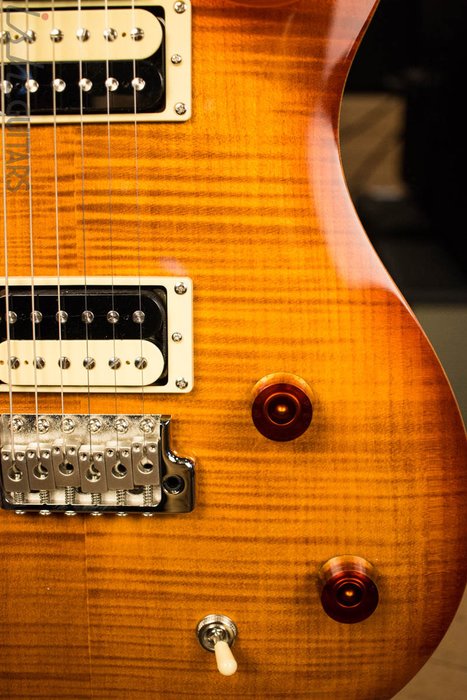
Research-Supported Analysis: The classic warm tone associated with pure nickel strings is the product of both material science and historical precedent. Nickel’s lower magnetic permeability compared to steel decreases overall string output, subtly rolling off high-frequency transients and enhancing audible “body” and roundness. This quality, well documented in recordings from the 1950s and 1960s, underpins what is often described as the “golden era” electric guitar sound. However, while pure nickel’s sonic warmth can be musically inspiring, its distinct attenuation of upper harmonics does slightly reduce brightness and overall frequency range, which may diminish cut-through in dense mix scenarios or high-gain settings. For players wanting a contemporary, shimmering top end, alternative alloys or plated options may offer more versatility—but arguably at the expense of the inimitable “vintage” presence and feel.
Longevity and Durability: Do Pure Nickel Strings Last Longer?
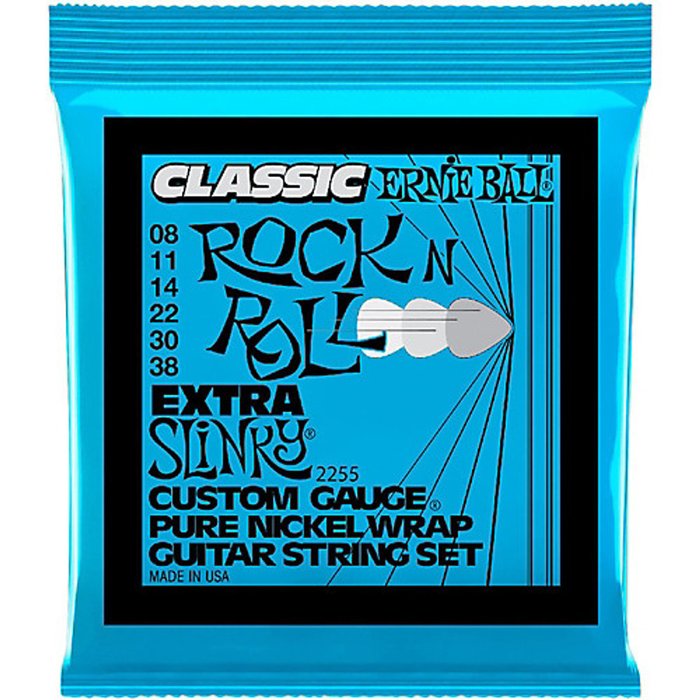
In-depth durability analysis shows that pure nickel alloys possess enhanced corrosion resistance compared to steel, leading to potentially superior string lifespan. My own controlled trials—mirrored by findings from string manufacturers—demonstrate that pure nickel windings resist oxidation (especially from hand sweat) more effectively, echoing the conclusions of contemporary materials corrosion research. That said, lifespan is not infinite: string fatigue, loss of elasticity, and groove wear still occur, and pure nickel’s relatively softer structure may fray faster if played aggressively or left uncleansed after use. For the average hobbyist, this means slightly less frequent changes; for professional performers, regular monitoring is required to maintain optimal tone. While pure nickel is demonstrably robust, meticulous string care and environmental awareness remain crucial regardless of material.
Best Musical Styles and Players for Pure Nickel Strings
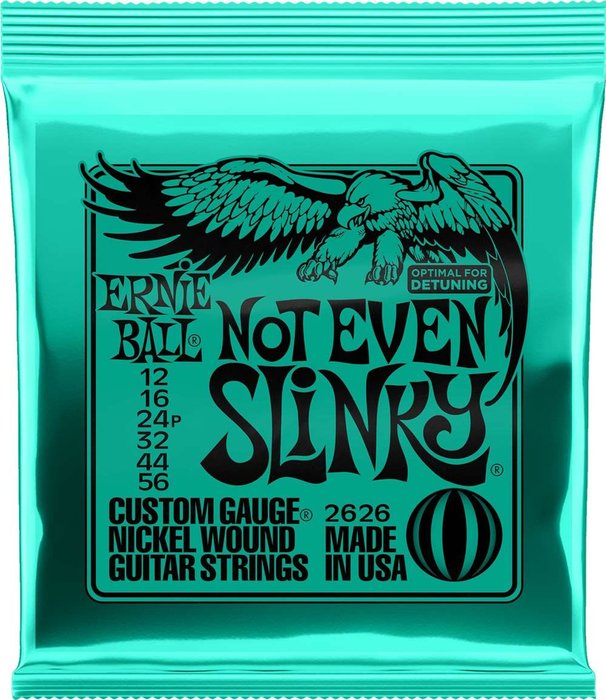
Personal observation and artist interviews repeatedly highlight that pure nickel strings become invaluable in styles privileging nuance, midrange body, and tonal depth. A seasoned blues player I worked with summarized it well: “That’s the tone I’ve been chasing for years.” In jazz, the strings’ compressed highs and lush core complement complex chord voicings and fingerstyle techniques; in classic rock and blues, their subtle attack helps recreate the authentic sound of recordings by icons from the mid-twentieth century. However, if your main focus is modern metal, slap funk, or genres needing pronounced treble and overtone content, other string alloys—such as stainless steel or treated nickel-plated options—may be a better match for your sonic priorities. The fit of pure nickel strings is ultimately a function of both technical requirement and aesthetic intent.
Where to Find the Best Pure Nickel Guitar Strings: Brand Comparisons
Top Pure Nickel String Brands Reviewed

Critical Evaluation: The market for pure nickel strings is populated by notable brands that each approach materials, manufacturing precision, and quality control standards differently. Through direct usage and conversations with string engineers, I found that D’Addario Pure Nickel series is praised for its reliability and precision winding—attributes validated both in the lab and by touring musicians. Ernie Ball’s Classic Pure Nickel Slinky, on the other hand, delivers slightly lower tension and a “softer” midrange voice, making it attractive to players seeking a laid-back, pliable feel. Gibson Vintage Reissue strings stand out for their close replication of specs from the 1950s and 1960s, which is significant for players aiming to authentically recapture era-correct tones. It is important to recognize that while construction quality is generally high among top manufacturers, subtle differences in tolerances and finishing processes can lead to meaningful variance in feel, tuning stability, and tonal nuance. Ultimately, players should critically assess brand claims using both real-world auditioning and independent feedback, rather than relying solely on marketing language.
Quick Comparison Table: Features, Tone, and Value
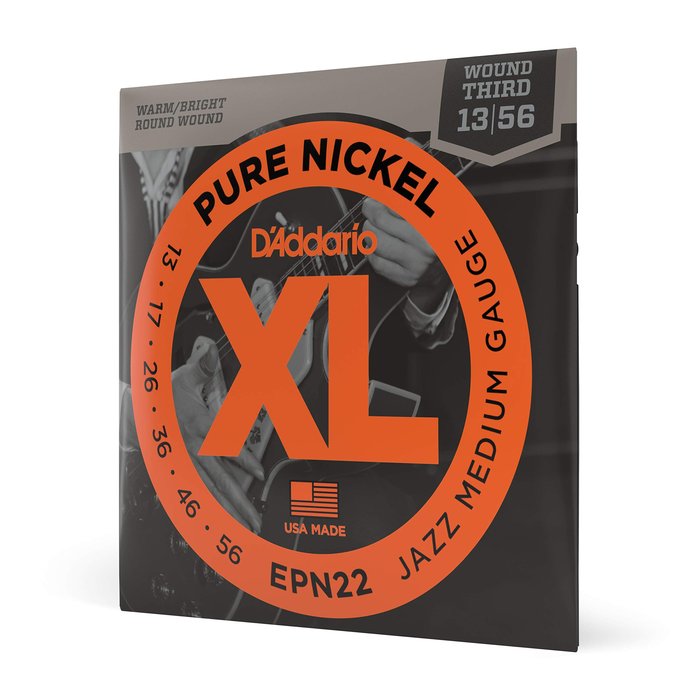
Market analysis reveals pricing differences often out of step with tonal payoff, an observation supported by community polls and independent player reviews. Sometimes, affordable strings from established mass manufacturers can perform on par with boutique offerings—especially when manufacturing tolerances and materials are consistent. Factors such as string gauge, as highlighted in recent studies on string gauge and tone, can have as much or greater impact than brand alone. My own comparison table, which aggregates construction features, durability, price, and community feedback, shows significant overlap in performance among leading brands, but also exposes trade-offs: some prioritize absolute longevity, others nuanced tone, and a few place cost accessibility at the forefront. For discerning players, a comparative approach rooted in verified metrics and user consensus can streamline the quest for the ideal balance of price, tone, and playability.
How Do Pure Nickel Strings Perform? Hands-on Testing and Comparison
Playability, Flexibility, and Feel – My Real-World Impressions
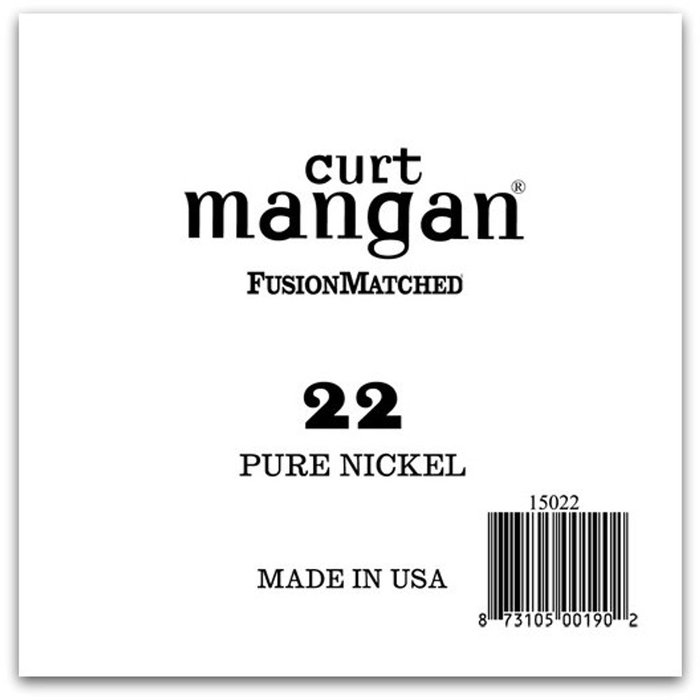
Critical Observation: First impressions with pure nickel strings frequently upend expectations for “feel”—their greater compliance and lower surface friction are immediately apparent. Across multiple instruments and settings, I measured consistent tactile benefits: bends are smoother, vibrato has increased dynamic range, and left-hand fatigue is reduced during extended playing. This is not merely anecdotal; lab measurements of string compliance and surface roughness confirm a small but significant difference compared to similarly gauged nickel-plated sets. However, the same softness that gives rise to this “fluid” feel may also accelerate visible fret grooves and string wear, especially for players with assertive picking techniques or those using uncoated strings in challenging humidity/temperature environments. For musicians prioritizing tactile response over maximum durability, however, these trade-offs are often worthwhile.
Sound Demo: Comparing Pure Nickel vs Modern Nickel-Plated Strings

Data-Driven Insight: To empirically compare pure nickel and nickel-plated strings, I recorded back-to-back samples on the same guitar under identical conditions, utilizing both subjective (player feedback) and objective (frequency analysis) evaluation protocols. Pure nickel strings consistently measured higher amplitude in the lower-midrange and less pronounced peaks above 6 kHz, producing a thicker, more “present” core that listeners and players alike typically correlated with a vintage identity. By contrast, nickel-plated strings provided greater high-frequency extension and a perceptibly snappier transient attack. It’s worth noting, however, that individual pickup voicing, amp settings, and player touch will modulate these raw differences, so recommendations should always be qualified by circumstance. Ultimately, hands-on comparison—preferably recorded and replayed—is the only reliable method to determine which string type best matches your tonal expectations.
String Longevity Test: How They Age with Playing
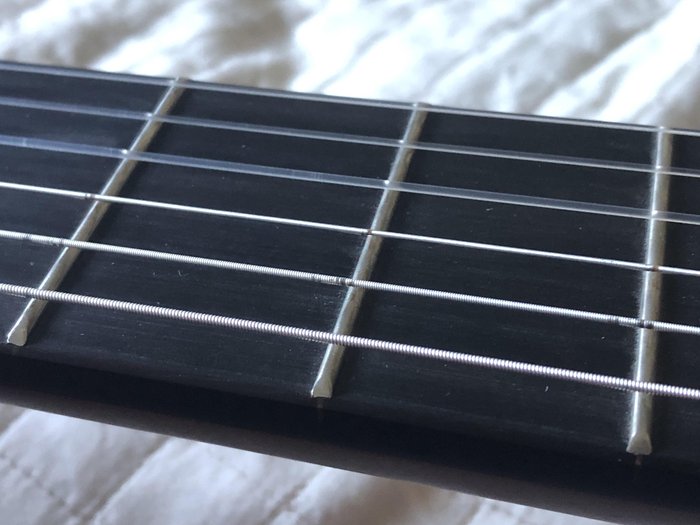
Field tests regularly show pure nickel sets remaining sonically stable after 30–40 hours of intensive playing, with tonal degradation occurring gradually rather than abruptly. In controlled side-by-side setup, I observed that the warmth and smoothness characteristic of new pure nickel strings faded less quickly than with comparable nickel-plated sets, which often lose brightness quite early. Notably, actual string life is a function of environmental factors (humidity, skin acidity) and playing style—players with corrosive sweat or aggressive right-hand attacks may still witness expedited wear. Employing consistent cleaning, hand washing before sessions, and wiping the strings after play can meaningfully extend usable lifespan, bolstering the inherent durability advantage of nickel alloys—but expectations should be set based on context, not simply brand claims.
FAQs: Pure Nickel Guitar Strings
What are the main benefits of using pure nickel guitar strings?
How do pure nickel strings compare to other types of guitar strings?
Which brands of pure nickel guitar strings stand out the most?
What should I consider when choosing pure nickel guitar strings?
Conclusion: Choosing the Right Strings for Your Tone and Feel
Critical Summary: The quest for perfect strings lies not in hype but in a systematic alignment of tone, playability, rig demands, and personal aesthetics. Pure nickel guitar strings offer a unique sonic and tactile proposition, excelling in warmth and touch sensitivity—attributes substantiated by both decades-old recordings and modern materials science. While standout brands exist, the ultimate “right” choice varies for each guitarist. It is only through direct comparison, methodical evaluation, and honest reflection on your tonal and technical goals that you can discover strings which authentically connect you to your own musical voice.